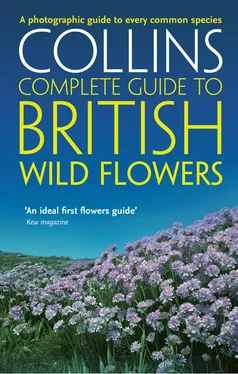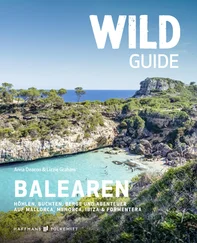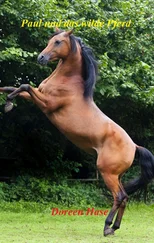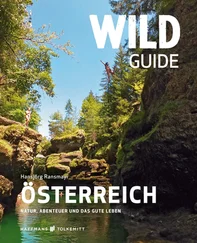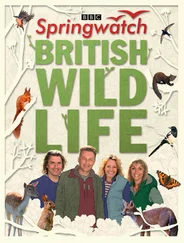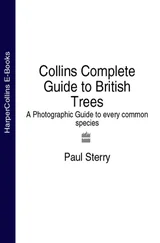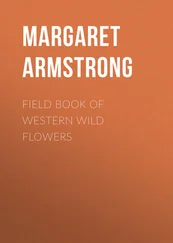Anther– pollen-bearing tip of the stamen.
Appressed(sometimes written as adpressedin other books) – pressed closely to the relevant part of the plant.
Auricle– pair of lobes at the base of a leaf.
Awn– stiff, bristle-like projection, seen mainly in grass flowers.
Axil– angle between the upper surface or stalk of a leaf and the stem on which it is carried.
Basal– appearing at the base of plant, at ground level.
Basic– soil that is rich in alkaline (mainly calcium) salts.
Beak– elongate projection at the tip of a fruit.
Berry– fleshy, soft-coated fruit containing several seeds.
Biennial– plant that takes two years to complete its life cycle.
Bog– wetland on acid soil.
Bract– modified, often scale-like, leaf found at the base of flower stalks in some species.
Bracteole– modified, often scale-like, leaf found at the base of individual flowers in some species.
Bulb– swollen underground structure containing the origins of the following year’s leaves and buds.
Bulbil– small, bulb-like structure, produced asexually by some plants and capable of growing into a new plant.
Calcareous– containing calcium, the source typically being chalk or limestone.
Calyx– outer part of a flower, comprising the sepals.
Capsule– dry fruit that splits to liberate its seeds.
Catkin– hanging spike of tiny flowers.
Chlorophyll– green pigment, present in plant leaves and other structures, and essential in the process of photosynthesis.
Cladode– green, leaf-like shoot.
Clasping– referring to leaf bases that have backward-pointing lobes that wrap around the stem.
Composite– member of the daisy family (Asteraceae).
Compound– leaf that is divided into a number of leaflets.
Cordate– heart-shaped at the base.
Corm– swollen underground stem.
Corolla– collective term for the petals.
Cultivar– plant variety created by cultivation.
Deciduous– plant whose leaves fall in autumn.
Decurrent– with the leaf base running down the stem.
Dentate– toothed.
Digitate– resembling the fingers of a splayed hand.
Dioecious– having male and female flowers on separate plants.
Disc floret– one of the inner florets of a composite flower.
Drupe– succulent fruit, the seed inside having a hard coat.
Emergent– a plant growing with its base and roots in water, the rest of the plant emerging above water level.
Entire– in the context of a leaf, a margin that is untoothed.
Epicalyx– calyx-like structure, usually surrounding, and appressed, to the calyx.
Epiphyte– plant that grows on another plant, on which it is not a parasite.
Fen– wetland habitat on alkaline peat.
Filament– stalk part of a stamen.
Flexuous– wavy.
Floret– small flower, part of larger floral arrangement as in composite flowers or umbellifers.
Fruits– seeds of a plant and their associated structures.
Genus(plural Genera) – group of closely related species, sharing the same genus name.
Glabrous– lacking hairs.
Gland– sticky structure at the end of a hair.
Glaucous– blue-grey in colour.
Globose– spherical or globular.
Glume– pair of chaff-like scales at the base of a grass spikelet.
Hybrid– plant derived from the crossfertilisation of two different species.
Inflorescence– the flowering structure in its entirety, including bracts.
Introduced– not native to the region.
Keel– seen in pea family members; the fused two lower petals that are shaped like a boat’s keel.
Lanceolate– narrow and lance-shaped.
Latex– milky fluid.
Lax– open, not dense.
Leaflet– leaf-like segment or lobe of a leaf.
Ligule– somewhat membranous flap at the base of a grass leaf, where it joins the stem.
Linear– slender and parallel-sided.
Lip– usually the lower part of an irregular flower such as an orchid.
Lobe– division of a leaf.
Microspecies– division within a species, members of which are only subtly different from members of other microspecies.
Midrib– central vein of a leaf.
Native– occurring naturally in the region and not known to have been introduced.
Node– point on the stem where a leaf arises.
Nut– a dry, one-seeded fruit with a hard outer case.
Nutlet– small nut.
Oblong– leaf whose sides are at least partly parallel-sided.
Obtuse– blunt-tipped (usually in the context of a leaf).
Opposite– (usually leaves) arising in opposite pairs on the stem.
Opposite
Oval– leaf shape. Ovate is oval in outline.
Ovary– structure containing the ovules, or immature seeds.
Ovoid– egg-shaped.
Palmate– leaf with finger-like lobes arising from the same point.
Panicle– branched inflorescence.
Pappus– tuft of hairs on a fruit.
Parasite– plant that derives its nutrition entirely from another living organism.
Pedicel– stalk of an individual flower.
Perennial– plant that lives for more than two years.
Perfoliate– surrounding the stem.
Perianth– collective name for a flower’s petals and sepals.
Petals– inner segments of a flower, often colourful.
Petiole– leaf stalk.
Pinnate– leaf division with opposite pairs of leaflets and a terminal one.
Pod– elongated fruit, often almost cylindrical, seen in pea family members.
Pollen– tiny grains that contain male sex cells, produced by a flower’s anthers.
Procumbent– lying on the ground.
Prostrate– growing in a manner pressed tightly to the ground.
Pubescent– with soft, downy hairs.
Ray– one of the stalks of an umbel.
Ray floret– one of the outer florets of a composite flower.
Receptacle– swollen upper part of a stem to which the flower is attached.
Recurved– curving backwards or downwards.
Reflexed– bent back at an angle of more than 90 degrees.
Rhizome– underground, or ground-level, stem.
Rosette– clustered, radiating arrangement of leaves at ground level.
Читать дальше
